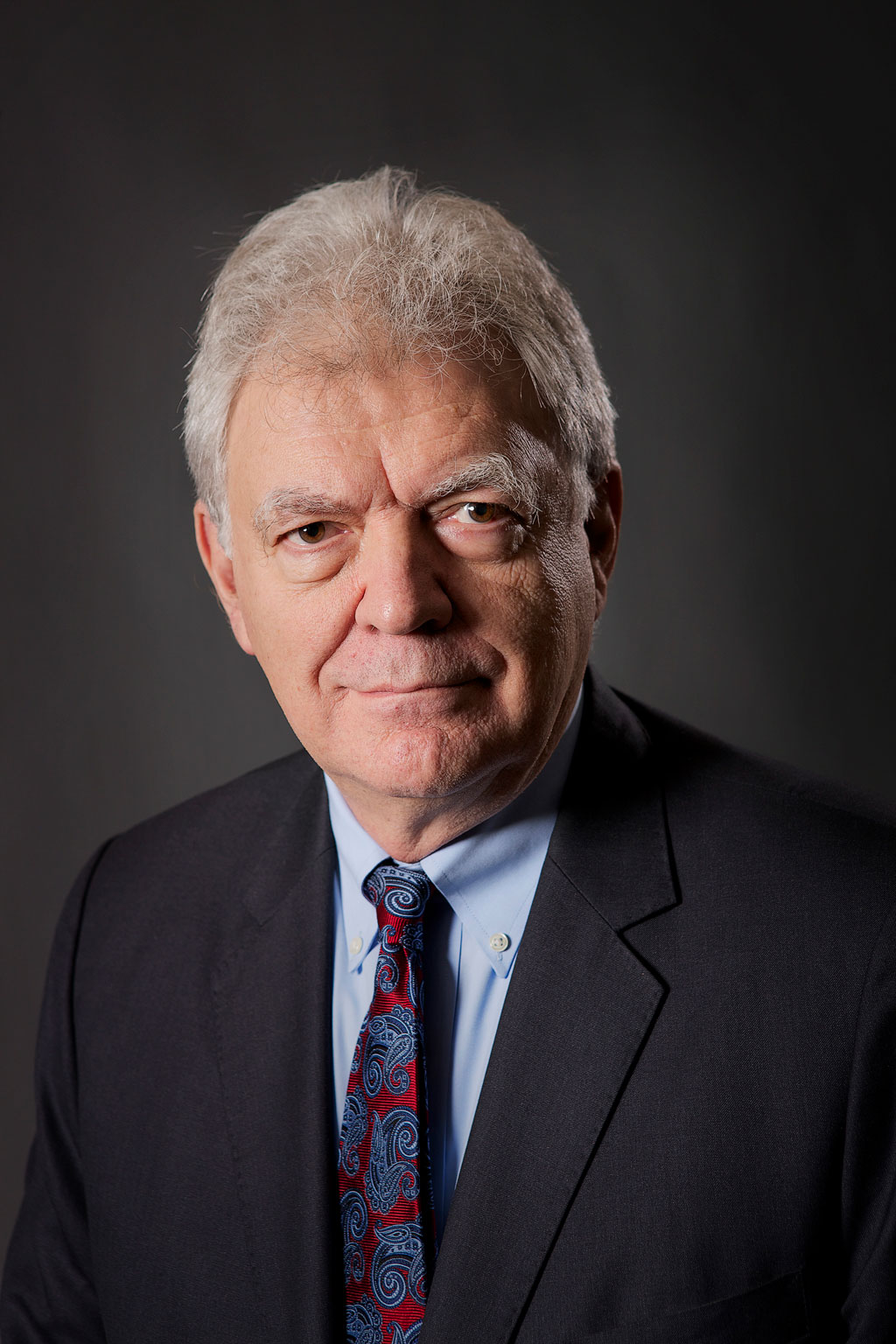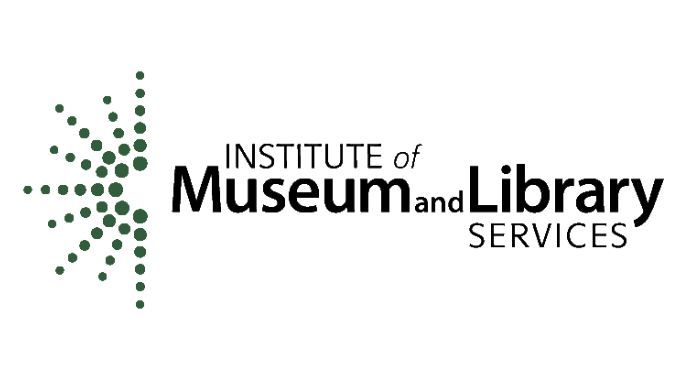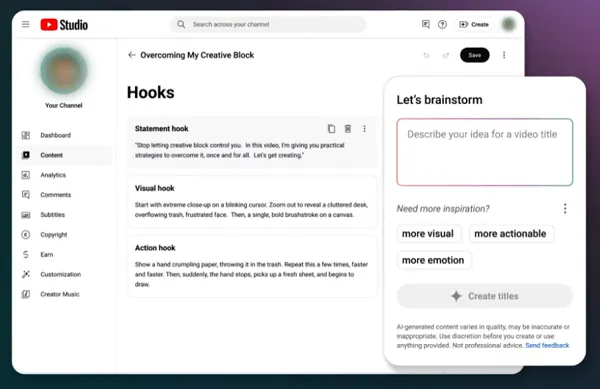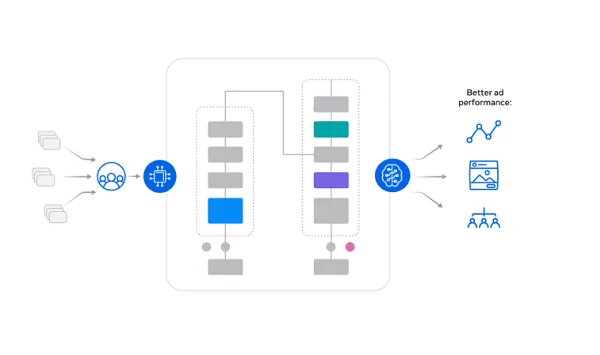Investing in employee training and development is critical in driving productivity and success within any organization. According to a report from Indeed, while the cost of employee training can be high, the return on investment can be enormous when done consistently. To explore how investing in human resources can enhance work efficiency, we spoke with Aichurek Nuralieva, MBA, HR director at Coca-Cola Icecek (CCI) in Kazakhstan. Aichurek is a renowned HR expert in Central Asia and one of Kyrgyzstan’s first certified career advisers.
Aichurek, thank you for taking the time to join us! As an HR expert holding an executive position at one of the largest international companies, what do you think should be the top priority when investing in employees to drive performance?
Companies should adopt a holistic approach that addresses key factors to maximize employee performance. Clear individual goals within a transparent performance management system are essential. Strong leadership that encourages autonomy and empowerment is also crucial for employee development. Modern employees prioritize well-being, seeking open communication, and positive teamwork. Leveraging technology solutions to enhance efficiency is critical in today’s world. Finally, fair compensation, stability, and a sense of safety are fundamental for employee engagement and retention.
Your “Culture of Curiosity” project was recognized as the best among 11 company countries. It created a sustainable system driving innovation and process optimization. Could you tell us more about it?
The “Culture of Curiosity” project was designed to cultivate a spirit of inquiry and exploration among our employees. By fostering a culture where curiosity is encouraged, valued, and rewarded, we aimed to unlock a wealth of potential for innovation, problem-solving, and continuous improvement. Through the “5 Why’s” methodology and detailed process mapping, employees learned to analyze problems more deeply and identify root causes, leading to more effective solutions. By identifying and addressing inefficiencies in production processes, we achieved tangible results in reduced operating costs and improved overall performance. The project sparked a surge in innovative thinking, with employees actively submitting ideas that contributed to the company’s success. This not only resulted in recognition for the initiative but also demonstrated the power of tapping into the collective ingenuity of our workforce. The “Culture of Curiosity” project achieved national and international recognition, highlighting its effectiveness in fostering a culture of innovation and driving positive results.
You were recognized as the Best HR Director at the 2023 Best Business Awards, standing out among over 3,000 participants. Your work, including this project, was praised for its impact on employee motivation and societal benefits. What drives your creativity?
Thank you for the kind words. Being recognized as the Best HR Director is truly an honor; it’s a testament to our entire team’s hard work and dedication. My inspiration for coming up with new ideas stems from a few key drivers, such as Employee Well-being and Engagement. My ultimate goal is to create a workplace where every employee feels valued, supported, and empowered. Witnessing the positive impact of our initiatives on employee motivation and job satisfaction is incredibly rewarding. I also look for continuous improvement as the world of work is constantly evolving, so staying ahead of the curve is crucial. I am always seeking new ways to adapt and improve our HR practices, whether it’s incorporating emerging technologies, fostering a more inclusive culture, or promoting sustainable practices. Ultimately, I find inspiration in the potential to create a positive and impactful workplace for everyone. The recognition of this project is a reminder that we are on the right track, and it further fuels my passion to continue developing innovative solutions for the future.
You were invited to be a jury member for the prestigious “Business Leaders of Central Asia” awards. Based on your experience as a judge, what HR trends do you see emerging in the region?
Being a jury member for the “Business Leaders of Central Asia” award was a fantastic opportunity to see the region’s talent and innovation firsthand. It’s clear that Central Asian businesses are evolving, especially in bigger markets such as Uzbekistan and Kazakhstan, and HR needs to adapt to keep pace.
There are some key HR trends I’ve observed that are shaping the region’s labor market. Central Asia is embracing digitalization at an astonishing pace. This means we need to adapt our recruitment strategies to reach candidates online. Upskilling and reskilling programs are crucial to equip our workforce with the digital competencies needed for success in the future of work. Central Asian businesses are no longer limited to local talent. Thanks to remote work options and a growing acceptance of online collaboration, we can now attract talent from across the region and even the globe. This opens up a whole new world of possibilities for our organizations. Retaining top talent is just as important as attracting them. We must focus on creating a positive employee experience, fostering a culture of inclusion, and prioritizing employee well-being. This means offering competitive benefits, promoting work-life balance, and investing in employee development. We must also be prepared to manage a more diverse workforce and adapt our HR strategies to accommodate these new realities. In short, the Central Asian labor market is dynamic and exciting as it is growing and developing. We must be agile, innovative, and forward-thinking as HR professionals to navigate these trends and position our organizations for success.
Having shown excellent results as HR Director in CCI Kyrgyzstan, you were soon promoted to lead HR in Kazakhstan, a much larger market. How does managing HR on a larger scale differ?
Kazakhstan is a much larger market with a more diverse workforce and a wider range of industries. This means dealing with a greater complexity in HR processes, policies, and regulations within four different locations within the country. The scope of responsibilities is much broader, encompassing a wider range of HR functions like talent acquisition, talent development, compensation and benefits, employee relations, and legal compliance. Managing HR on a larger scale is a different ball game. It requires a more strategic, scalable, and collaborative approach to navigate the complexities and challenges of a larger organization. However, it also offers the opportunity to significantly impact the success of a growing company and its employees.
In addition to your award-winning programs, you have improved conditions for pregnant employees and those on maternity leave and created an inclusive office for employees with disabilities. What is the most challenging part of implementing such transformative ideas that require significant change?
I believe that it’s crucial to educate both managers and employees about the importance of these initiatives. We need to actively promote and embed them into the company culture to ensure long-term success. While implementing these initiatives can involve additional expenses and these changes can be challenging, it’s vital to remember the positive impact they have on our employees and our organization. By addressing these challenges head-on with a clear vision, effective communication, and a commitment to inclusivity, we can create a more equitable and supportive workplace for all.
Based on your experience, what HR trends should companies focus on to increase employee productivity while ensuring their well-being?
As a Head of HR, I’ve learned that achieving high employee productivity while prioritizing well-being is not a zero-sum game. It’s about finding the sweet spot where both thrive. Companies should prioritize mental health support, upskilling, and a culture of recognition and collaboration to boost productivity while prioritizing well-being. It is also important to empower employees with autonomy; giving employees a sense of ownership and autonomy over their work leads to increased motivation and accountability. Companies can create a workplace environment that fosters productivity and employee well-being by implementing these HR trends. This benefits the company and empowers employees to thrive professionally and personally.
Have you read?
GoTyme Bank Leads Local Industry in Customer Experience and Loyalty, Forrester Reports.
Swiggy and Zomato Rivalry Intensifies as Swiggy Steps into Sponsor Shark Tank India Season 4.
EU’s Tariffs on Chinese Electric Vehicles Spark Controversy Over Protectionism.
Taylor Swift, with a Net Worth of $1.6 Billion, Overtakes Rihanna and Becomes the Richest Female Musician.
Lena Esmail: The Journey from Nursing to CEO of QuickMed.
Add CEOWORLD magazine to your Google News feed.
Follow CEOWORLD magazine headlines on: Google News, LinkedIn, Twitter, and Facebook.
Copyright 2024 The CEOWORLD magazine. All rights reserved. This material (and any extract from it) must not be copied, redistributed or placed on any website, without CEOWORLD magazine’ prior written consent. For media queries, please contact: info@ceoworld.biz








































![Spider-Man Is Back in Black With the Green Goblin in New Funko Pop! Figures [Exclusive] Spider-Man Is Back in Black With the Green Goblin in New Funko Pop! Figures [Exclusive]](https://static1.colliderimages.com/wordpress/wp-content/uploads/2025/03/spider-man-the-animated-series-green-goblin.jpg)































